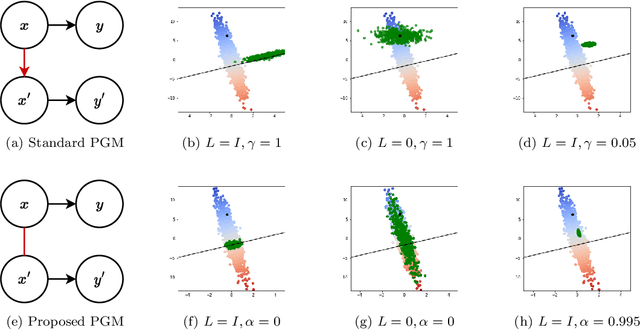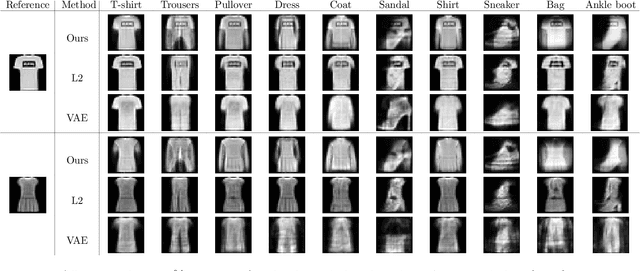Rethinking Distance Metrics for Counterfactual Explainability
Paper and Code
Oct 18, 2024



Counterfactual explanations have been a popular method of post-hoc explainability for a variety of settings in Machine Learning. Such methods focus on explaining classifiers by generating new data points that are similar to a given reference, while receiving a more desirable prediction. In this work, we investigate a framing for counterfactual generation methods that considers counterfactuals not as independent draws from a region around the reference, but as jointly sampled with the reference from the underlying data distribution. Through this framing, we derive a distance metric, tailored for counterfactual similarity that can be applied to a broad range of settings. Through both quantitative and qualitative analyses of counterfactual generation methods, we show that this framing allows us to express more nuanced dependencies among the covariates.
 Add to Chrome
Add to Chrome Add to Firefox
Add to Firefox Add to Edge
Add to Edge